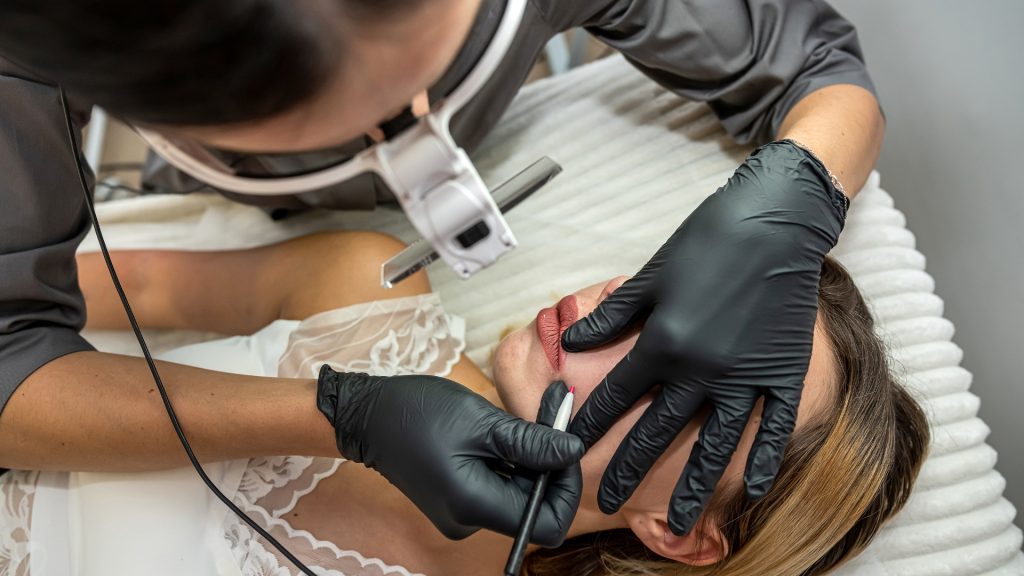When the summer months come, most of us think about beach days, cookouts, and long walks with our dogs. But for a lot of pups, summer also brings something way less fun: itchy skin, weird rashes, and constant scratching that leaves them (and you) pretty miserable. Warm weather can trigger a bunch of different skin problems in dogs, and many pet owners don’t realize what’s happening until their dog is already dealing with red, irritated skin or hair loss.
Understanding the most common summer skin issues and knowing what to do about them can make a huge difference—not just for your dog’s comfort but for your peace of mind. Here’s what to watch for, what causes these issues, and how to keep your dog’s skin healthy while still enjoying the sunny season.
Allergies That Flare When Nature Wakes Up

One of the most common reasons dogs start scratching like crazy in summer is allergies. Dogs can react to pollen, grass, mold, and even insect bites. As everything starts blooming, your dog might be breathing in allergens or walking through fields that trigger skin flare-ups.
Allergies often show up as red, itchy skin—especially around the paws, belly, and ears. You might notice your dog licking or chewing one spot over and over again, or rubbing their face on the carpet. Even if you don’t see anything obvious, the itching can be nonstop. What makes it even trickier is that these allergic reactions tend to show up more during warmer months, when dogs are outside more often and plants are in full bloom.
Giving your dog regular baths with a gentle, hypoallergenic shampoo can help wash off pollen and irritants, especially after walks. Wiping paws after being outside also goes a long way. If things don’t improve, your vet can recommend allergy meds or suggest a special diet to calm things down.
Hot Spots That Appear Out Of Nowhere
Hot spots are like the bad surprise of summer dog parenting. One day, your dog looks totally fine. The next, there’s a raw, red patch on their skin that they won’t stop licking. These inflamed, moist sores can pop up super fast, especially if your dog has been swimming, rolling in wet grass, or sweating more than usual.
They’re usually caused by bacteria that gets into small skin breaks or bites. Once the area gets wet and your dog keeps licking it, the spot gets worse. Dogs with thicker coats are more likely to get them because moisture can get trapped against their skin.
Keeping your dog’s coat trimmed short (but not shaved to the skin), drying them off after swimming, and brushing regularly can help prevent hot spots from forming. If you notice one, don’t wait—clean the area gently and see your vet. It usually takes antibiotics or a special ointment to calm the inflammation and stop the itch.
And if you’re bringing your dog to a festival or any crowded outdoor event where heat and stress can collide, pay close attention to their behavior afterward. Anxiety, humidity, and too much excitement can sometimes lead to over-grooming, which may trigger a hot spot before you even realize what’s happening.
Fleas, Ticks, And All The Bugs That Bite
Warm weather is basically a giant welcome sign for fleas and ticks. These little pests aren’t just gross—they can cause serious skin issues. Fleas, for example, don’t just bite once and go away. They keep biting, and their saliva can cause an allergic reaction in some dogs. That reaction leads to extreme itching, hair loss, scabs, and even skin infections.
Ticks are less likely to cause itching right away, but they can carry dangerous diseases. What’s sneaky about ticks is that they often hide under collars, behind ears, or between toes. If your dog’s skin looks irritated or bumpy in those spots, it’s time for a tick check.
Make sure your dog is on a flea and tick prevention plan approved by your vet. After hikes or walks in wooded areas, give your dog a full once-over. And if you find a tick, use tweezers to remove it carefully without twisting. Cleaning the area afterward with a little rubbing alcohol or gentle antiseptic helps reduce irritation.
To calm mild bug bite irritation or soothe small hot spots, some dog owners swear by one thing: pet skin care spray. It’s fast, easy to use, and doesn’t sting—plus, it creates a little barrier that helps protect the skin while it heals. Especially in summer when dogs are outside more often, having a bottle on hand can make a huge difference.
Sunburn Is Real For Dogs Too

Not every dog has a thick, fluffy coat. Breeds with thin fur or light-colored noses and bellies can actually get sunburned, especially if they love lying belly-up in the sun. You might notice red or peeling skin, especially on areas like the ears, nose, and tummy. It can be uncomfortable, and over time, repeated sun damage can lead to more serious problems.
The best way to prevent doggy sunburn is to avoid direct sun exposure during the hottest part of the day. If your dog loves to sunbathe, limit their time outside and give them a shady spot to rest. There are also special dog-friendly sunscreens available—but never use human sunscreen, since it can contain ingredients that are toxic to pets.
And while we’re on the subject, don’t forget that hot pavement can burn your dog’s paw pads. If the sidewalk is too hot for your bare feet, it’s too hot for them too.
Yeast Infections That Thrive In Heat And Humidity
Some dogs naturally have more skin folds or floppy ears—both of which trap moisture when it’s hot outside. That combo of heat and dampness creates the perfect environment for yeast to grow. You’ll notice a musty smell, greasy-looking skin, or reddish-brown staining, especially between the toes, under the belly, or inside the ears.
Yeast infections don’t just smell weird—they itch like crazy. Dogs will lick, chew, or scratch nonstop, which just makes things worse. If left untreated, these infections can lead to open sores or secondary bacterial infections.
To avoid yeast overgrowth, keep those tricky spots clean and dry. After baths or swimming, gently dry folds and ears. If your dog seems especially prone to yeast flare-ups in summer, talk to your vet about special wipes or ear cleaners that help keep the balance in check.
Final Thoughts
Warm weather is fun, but it also brings its own set of challenges for your dog’s skin. From bugs to allergies to sunburn, staying ahead of common problems means fewer vet visits—and a much happier pup. With a little extra care and the right tools in your summer routine, you can help your dog stay itch-free and comfortable, all season long.





















